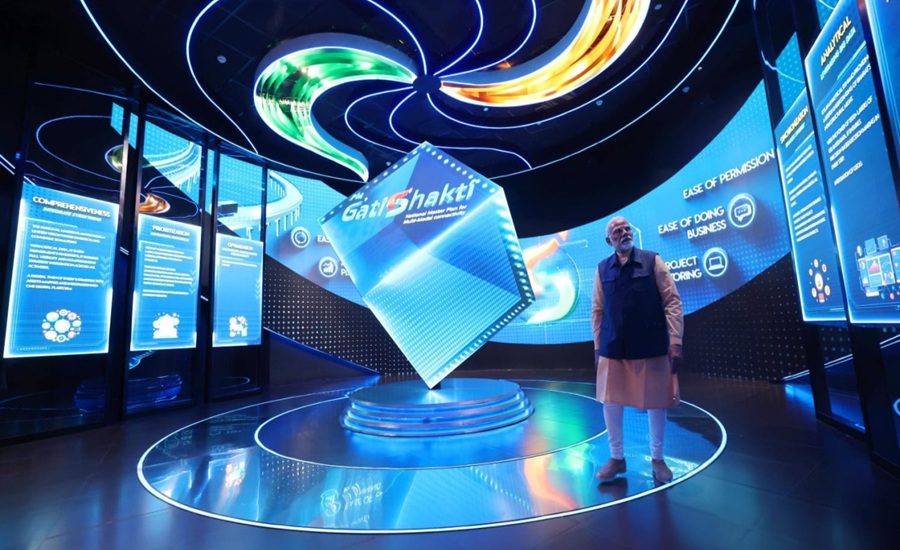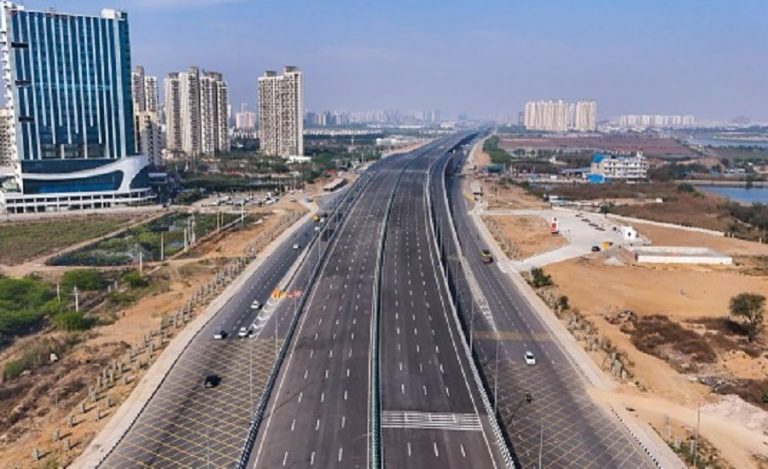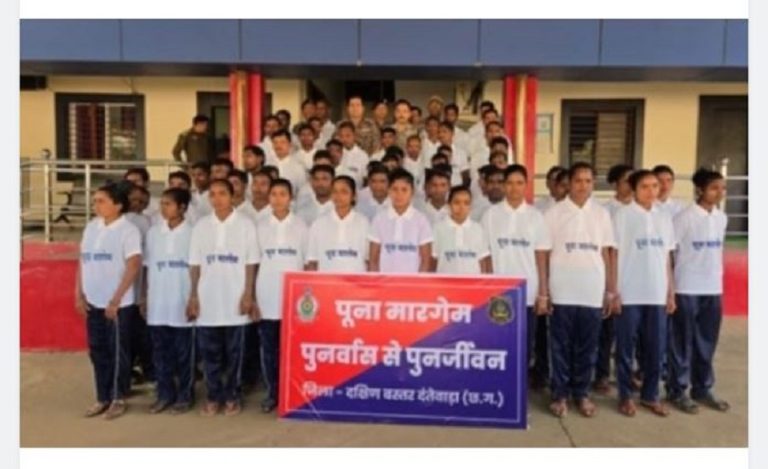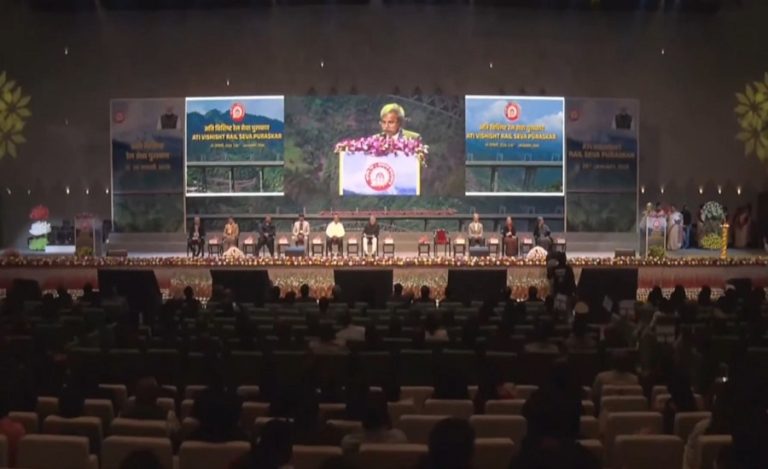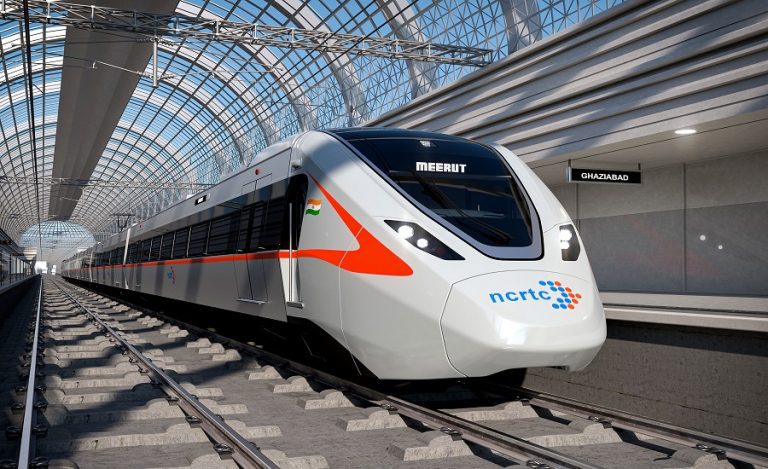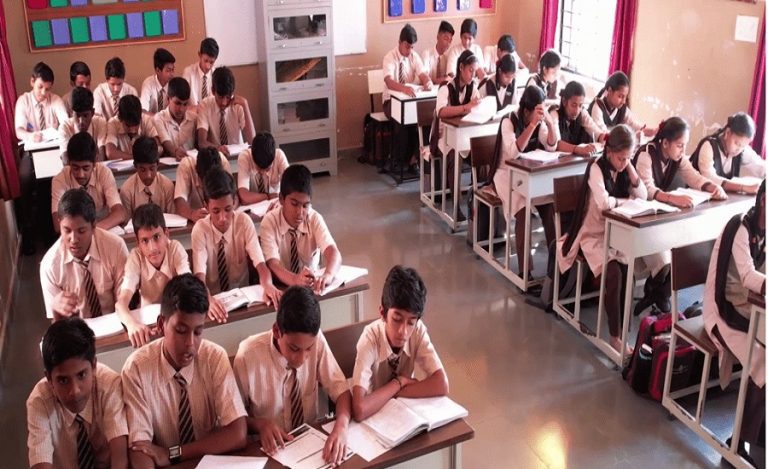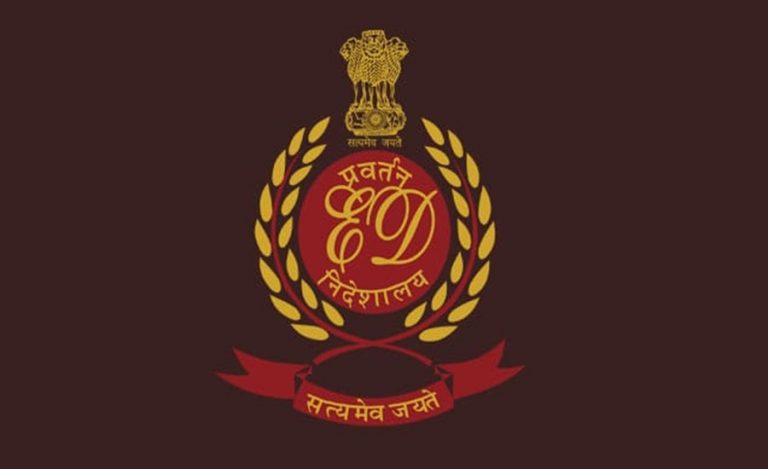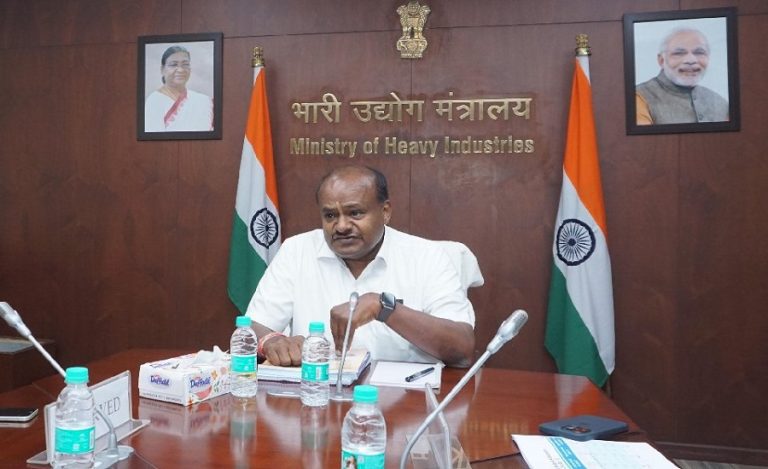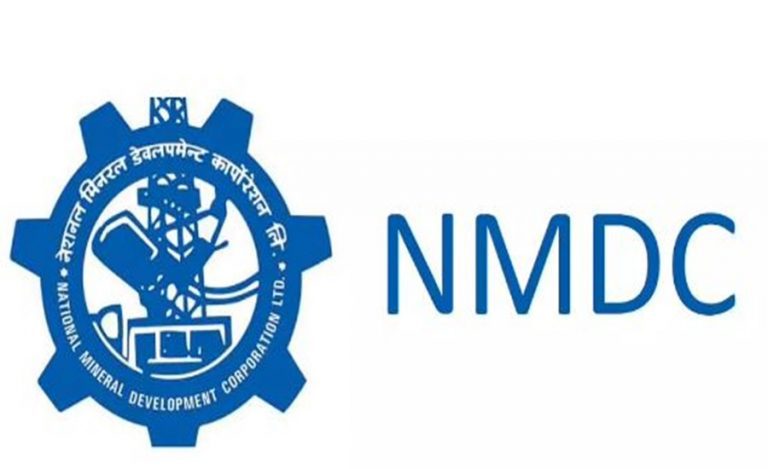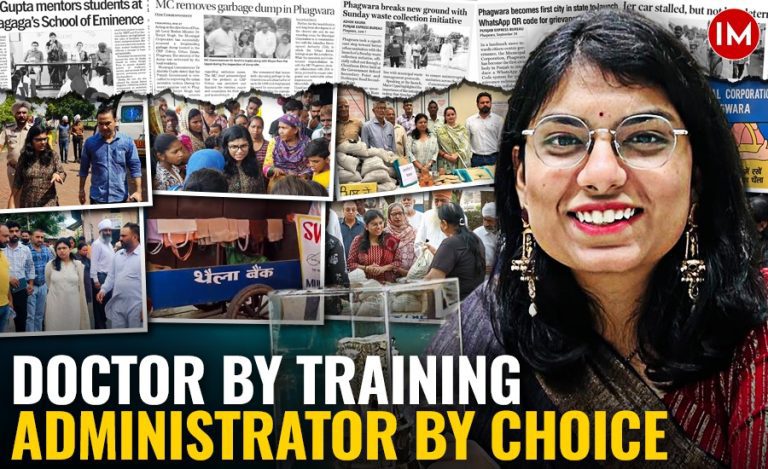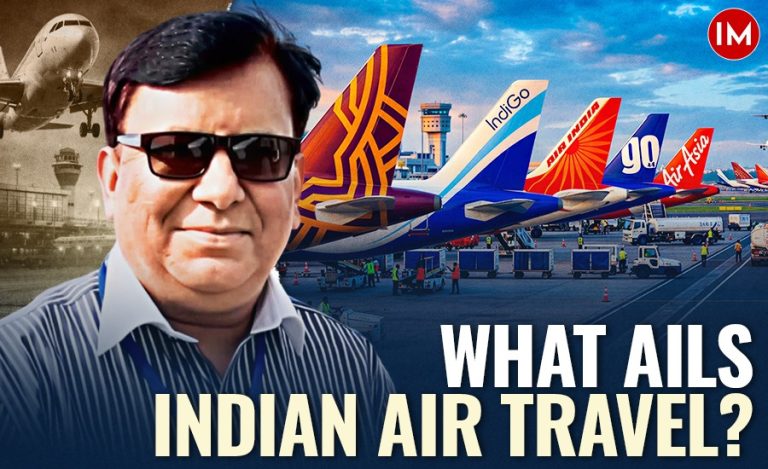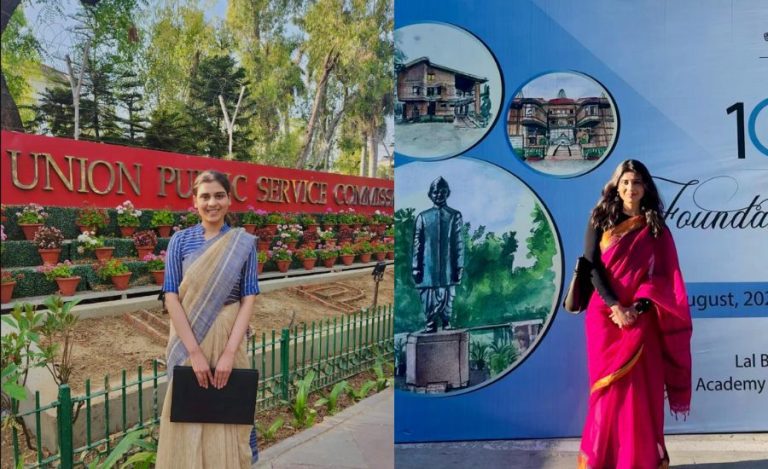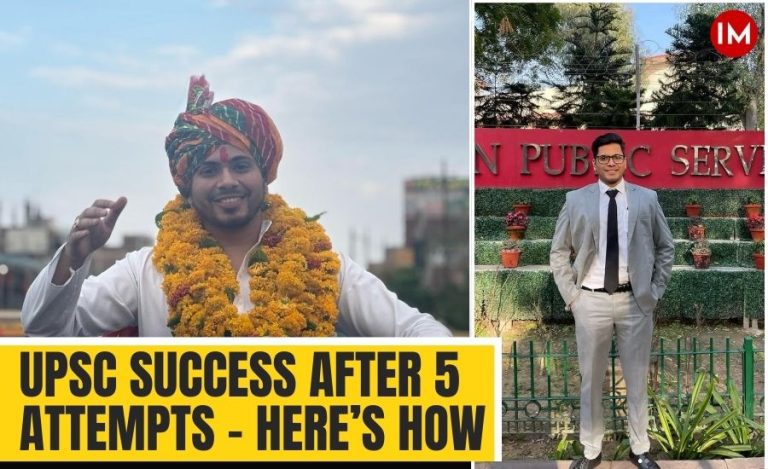New Delhi: Marking ten years of Digital India, Prime Minister Narendra Modi described the initiative as a “movement that has transformed lives, empowered citizens, and bridged centuries of gaps”. In a special blog post shared on LinkedIn, he credited the people of India for turning a once-ambitious programme into a national success story.
“When we started the Digital India initiative in 2014, many were skeptical. But today, it stands as a testament to what 140 crore Indians can achieve,” PM Modi wrote.
Using this vision as a foundation, India’s digital decade reflects not just technological advancement, but a shift in how governance, innovation, and opportunity are distributed—equally and inclusively.
From Connectivity to Confidence: The Infrastructure Revolution
Reflecting on the groundwork laid in 2014, PM Modi acknowledged the scale of India’s digital leap.
“In 2014, internet access and digital literacy were limited. Today, we have over 97 crore internet users and 42 lakh kilometres of optical fibre,” he stated.
This digital backbone has enabled access even in the country’s remotest pockets—from villages in the Northeast to the snow-laden posts of Siachen and Galwan. India also achieved one of the world’s fastest 5G deployments, with nearly 4.8 lakh 5G base stations installed across the nation.
The transformation isn’t just technical—it has restored confidence to people who were once on the margins of digital progress.
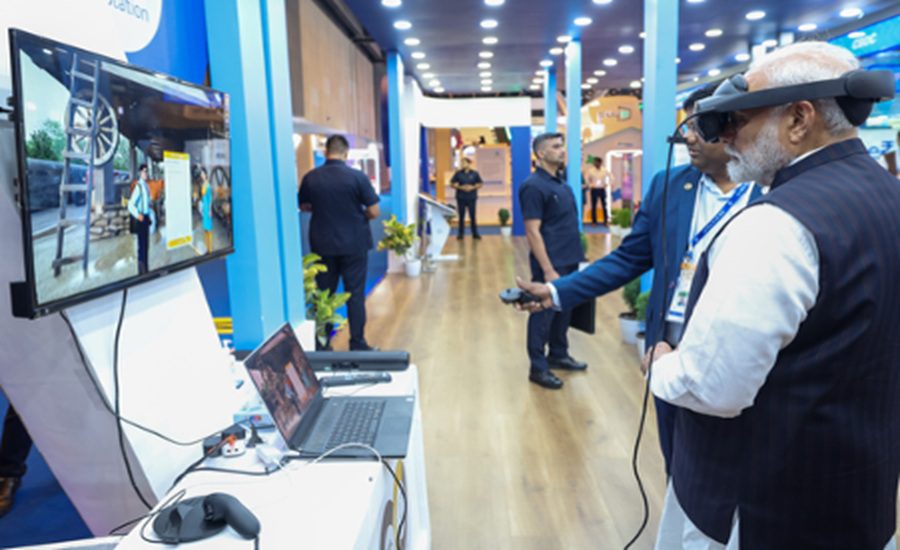
Making Governance Personal: Where Citizens Are at the Centre
“We moved governance from being process-centric to people-centric,” PM Modi emphasized.
This shift is most visible in initiatives like Direct Benefit Transfer (DBT), which has routed ₹44 lakh crore directly into the accounts of beneficiaries, saving ₹3.5 lakh crore by eliminating intermediaries. UPI, India’s flagship digital payments system, now facilitates over 100 billion transactions annually—making India the leader in digital transactions globally.
Digital platforms such as DigiLocker, with 54 crore users and 775 crore documents, and CoWIN, which managed the world’s largest vaccination drive, underscore how Digital India simplified services and empowered citizens.
Rural Roots, Global Ambitions: Driving Growth from the Grassroots
In his blog, PM Modi highlighted how SVAMITVA, a drone-led mapping initiative, brought land ownership clarity to rural homes—an unprecedented move in land reform.
“By using drones to map rural inhabited lands, we have empowered lakhs with legal ownership documents,” he noted.
The rural digital push is mirrored in India’s booming startup ecosystem. Today, the country is home to over 1.25 lakh startups and more than 110 unicorns, many of which are building for both domestic and global markets using India’s digital public infrastructure.
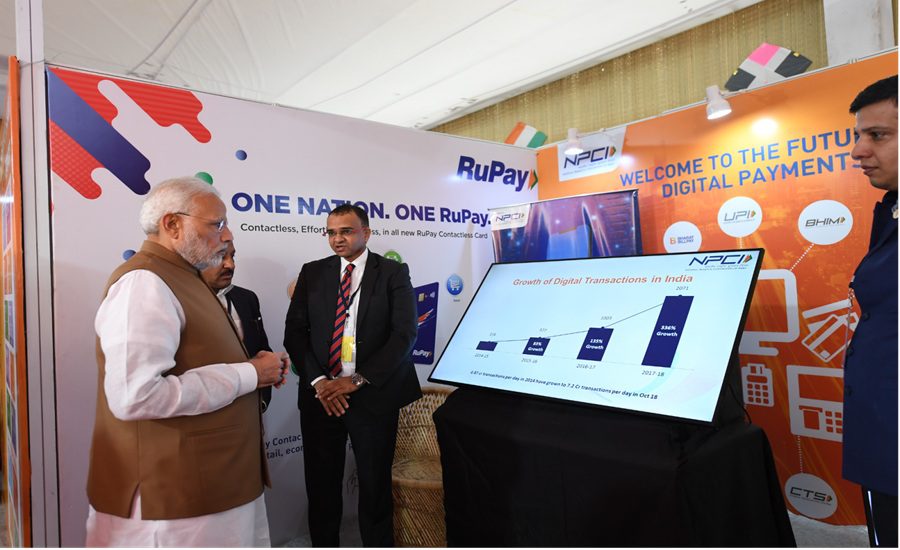
Building a Template for the World: India’s Tech for Global Good
“Digital India has become a way of life. But more importantly, it has become a global model,” PM Modi wrote.
The Digital India journey, once rooted in closing the domestic digital divide, has now expanded into shaping global digital policies. Platforms like India Stack, and APIs such as UPI and DigiLocker, are gaining international recognition as scalable, secure, and inclusive tech frameworks.
Countries across Asia, Africa, and Latin America are now exploring how to implement “India’s digital model” – a transition that reflects India’s shift from a consumer of technology to a trusted innovation partner on the world stage.
The Next Digital Decade: Call for Purposeful Innovation
As India prepares for its next chapter, PM Modi left readers with a powerful call to action:
“Let us develop technology that unites, not divides. Let us code for a better world.”
The journey of Digital India may have begun with infrastructure, but its future lies in global leadership, ethics in innovation, and purposeful, inclusive problem-solving.
With the past decade laying the foundation, the road ahead is clear—from India-first to India-for-the-world, Digital India is not just a national achievement, but a universal opportunity.

